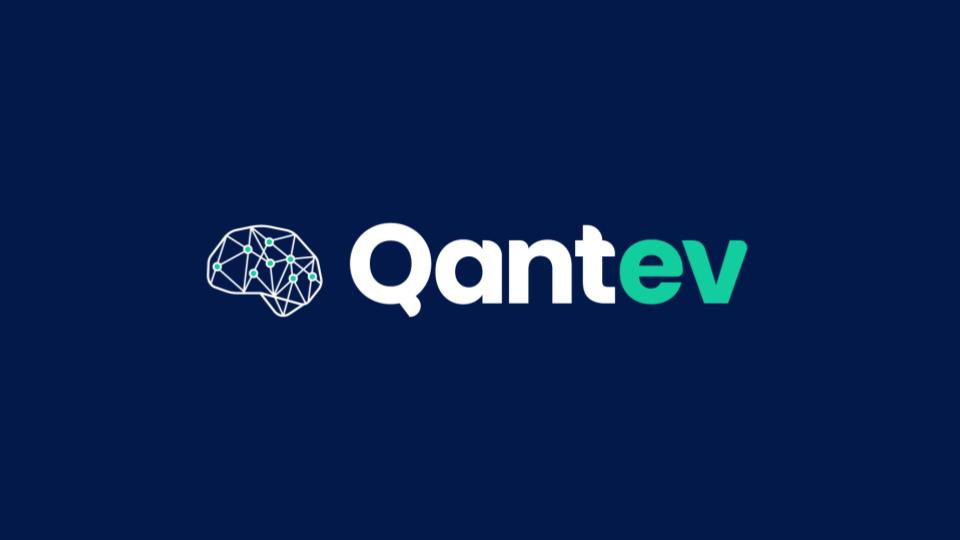Provider network management: the forgotten aspect of health claims leakage?

Health insurance has consistently been one of the fastest-growing and most dynamic business lines in the insurance industry. Since 2018, it has achieved more than 5 percent year-over-year growth while making up approximately 23 percent of global insurance premiums.
In recent years, health insurance premiums have continued to rise. According to AON’s 2020 Global Medical Trend Rate report, the global average medical trend rate for 2020 was 8.0% (7.8% in 2019). When considering the general inflation rate, the average net medical trend rate for both years remains at 4.9%. This outpacing of the general inflation rate stems from population ageing, booming of chronic diseases, and increasing complexity of treatment options.
Despite those promising figures for the industry, health insurers still undergo substantial losses in their Claims management operations. Among all claims managed by health insurers, a significant amount display irregularities that escape notice and result in an unjustified reimbursement. These unjustified reimbursements are often referred to as “claims leakage.” According to PwC, the industry benchmark of leakage is about 5 percent. For some insurers, it can rise up to 25 percent, amounting to billions of dollars in unjustified losses.
Claims leakage can have several difficult-to-control origins. They could be human-caused, as errors happen while manually processing the information. They could also result from a lack of real-time data or insufficient review procedures. Inadequate technology, poor data quality or irrelevant analysis tools, could also be a source of leakage. Finally, it can be caused by bad practices from the providers: unjustified care, abusive costs and poor quality of care lead to unnecessary costs for insurers.
Reducing leakage is not an easy feat in an industry that is still highly reliant on manual process and legacy systems. Most efforts to contain leakage have been focused on tracking fraud, waste and abuse. However, operational inefficiencies have also been identified within provider network management when it comes to auditing providers performance and negotiating with these providers. At Qantev, we have observed from working with insurers all around the world that up to one third of the whole leakage could be avoided thanks to improvements in these aspects of the management of healthcare providers.
There is therefore a clear need for specialized devices dedicated to these topics. Building such tools is challenging. Indeed, it requires a very acute knowledge of the domain and the processes involved, and generic BI tools usually fail to deliver the right insight. Strong analytical algorithms are needed in order to handle the complex data structures and forecast the behaviour of insurance policy members.
Those are the kind of challenges we are addressing at Qantev. First of all, we built a software solution which specifically caters to healthcare provider network managers. It allows us to help them monitor and challenge the performance of their providers, and to optimize their network with targeted recommendations and simulations. We also deal with more classical claims leakage by helping claims managers automate pre-authorization processes.
We have observed in countries such as Qatar and Singapore that better tooling for managing the healthcare providers could lead to millions in savings in no more than 6 months. Therefore, as global insurers are more and more emphasizing the healthcare business lines in their strategy, healthcare network management optimization should become one of the hottest topics in insurance in the coming years.


.svg)